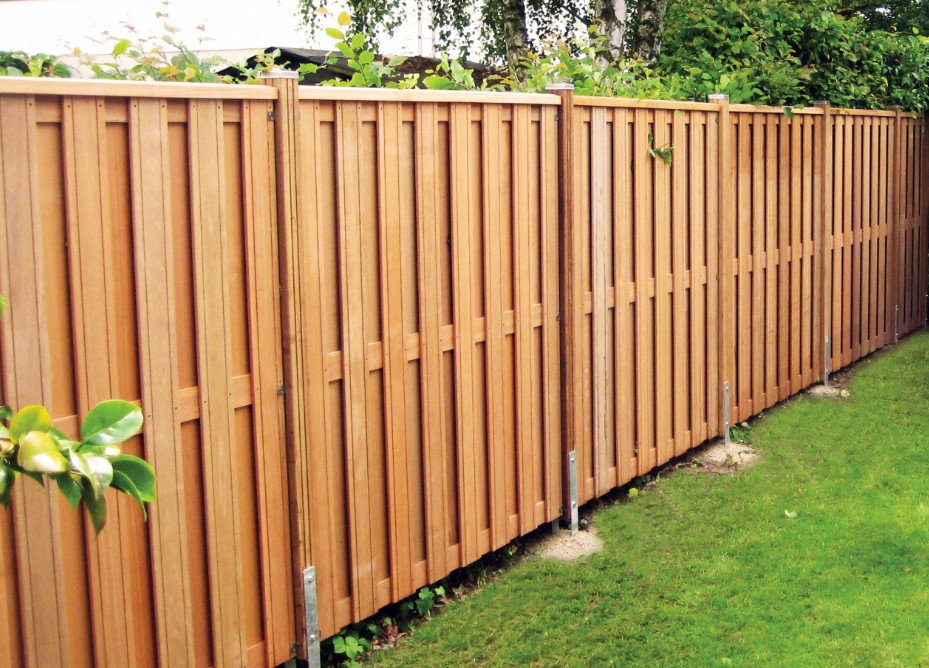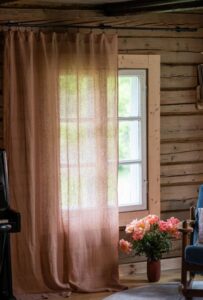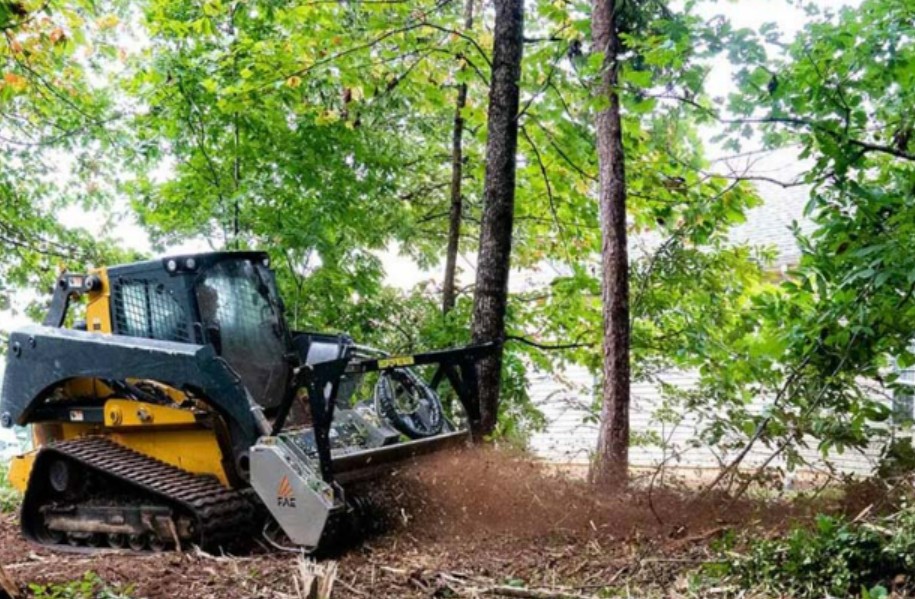
A wood fence is a timeless and versatile choice for homeowners looking to enhance privacy, security, and curb appeal. Whether you’re installing a new fence or maintaining an existing one, understanding the benefits, types, and care tips for wood fences will help you make the best decision for your property.
In this comprehensive guide, we’ll cover:
- Benefits of a Wood Fence
- Types of Wood for Fencing
- Design and Style Options
- Installation Process
- Maintenance Tips for Longevity
Let’s dive in!
1. Benefits of a Wood Fence
A wood fence offers numerous advantages, making it a popular choice among homeowners:
- Natural Aesthetic Appeal– Wood provides a warm, classic look that complements any landscape.
- Customizable– It can be painted, stained, or left natural to match your home’s exterior.
- Durable & Strong– High-quality wood like cedar and redwood resists rot and pests.
- Privacy & Security– Solid wood fences create a barrier that keeps intruders out and pets/children safe.
- Eco-Friendly– Wood is a renewable resource, making it an environmentally friendly option.
2. Types of Wood for Fencing
Choosing the right type of wood is crucial for durability and appearance. Here are the best options for a wood fence:
Cedar
- Naturally resistant to rot, insects, and moisture.
- Lightweight yet strong, with a beautiful reddish-brown hue.
- More expensive but lasts longer with proper care.
Redwood
- Highly durable and insect-resistant.
- Rich color that ages gracefully.
- Premium choice but comes at a higher cost.
Pine (Pressure-Treated)
- Affordable and widely available.
- Treated to resist rot and pests.
- Requires staining or sealing for longevity.
Spruce
- Budget-friendly but less durable.
- Needs regular maintenance to prevent decay.
3. Design and Style Options
A wood fence can be tailored to fit your aesthetic and functional needs. Popular styles include:
Privacy Fence
- Tall panels (6-8 feet) with no gaps.
- Ideal for backyards and pool areas.
Picket Fence
- Short, vertical boards with gaps.
- Classic look for front yards.
Split Rail Fence
- Rustic, open design using horizontal rails.
- Great for large properties and rural settings.
Lattice Fence
- Decorative crisscross pattern.
- Often used for garden borders or as a top layer for privacy fences.
Shadowbox Fence
- Alternating boards on both sides for partial privacy.
- Allows airflow while maintaining security.
4. Installation Process
Installing a wood fence requires careful planning. Here’s a simplified step-by-step guide:
- Check Local Regulations– Obtain permits if needed and confirm property lines.
- Mark the Layout– Use stakes and string to outline the fence path.
- Dig Post Holes– Space them 6-8 feet apart and set in concrete for stability.
- Attach Rails & Panels– Secure horizontal rails between posts, then add vertical boards.
- Finish with a Gate– Install a sturdy gate for easy access.
For best results, consider hiring a professional fencing contractor.
5. Maintenance Tips for Longevity
A well-maintained wood fence can last 15-20 years. Follow these care tips:
- Regular Cleaning– Use a power washer or mild detergent to remove dirt and mildew.
- Staining/Sealing– Apply a water-resistant sealant every 2-3 years to prevent weathering.
- Inspect for Damage– Check for loose boards, rot, or insect infestations annually.
- Trim Vegetation– Keep plants and vines away to avoid moisture retention.
Final Thoughts
A wood fence is an excellent investment for any homeowner seeking beauty, privacy, and durability. By selecting the right wood type, design, and maintenance routine, your fence will remain sturdy and attractive for years to come.






